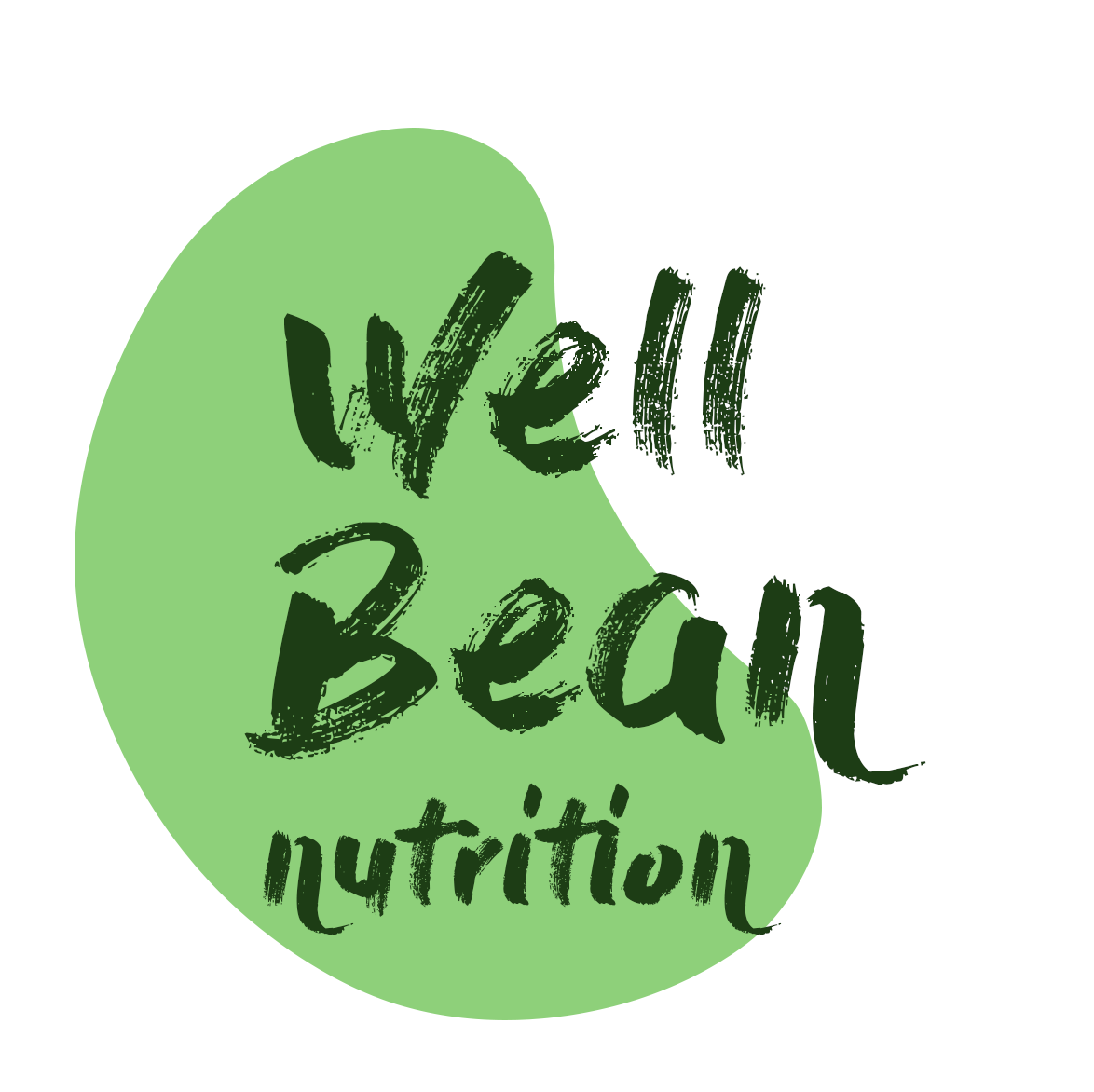Did you have a heavy December? I did! And I’m really enjoying this break in January to detox and reset for the year ahead.
But what do we mean by detox?
Detoxification is the process your body uses to remove harmful substances (toxins) that come from the environment, your diet, or normal body processes. This happens mainly in the liver, with help from the kidneys, skin, lungs, and digestive system.
First our bodies identify the toxins (these may be chemicals, pollutants, alcohol, medications, or byproducts of metabolism), then ferries them to the liver to start processing them.
There are different stages the toxins go through in the liver, but they are essentially being processed for elimination via urine, feces, sweat or breath. Those that are not excreted though, may go back into circulation as ‘free radicals’, which can damage cells if they are not properly neutralised.
Supporting Detoxification Naturally
1) Eat Nutrient-Rich Foods: Your body needs vitamins, minerals, and antioxidants to fuel the detox process, such as those found in cruciferous vegetables (broccoli, kale), garlic, and citrus.
2) Stay Hydrated: Water helps flush toxins out through urine and sweat.
3) Exercise and Sweat: Boosts circulation and aids toxin elimination.
Keeping your liver and other organs healthy is key to efficient detoxification!
So what about antioxidants?
Antioxidants are essential for protecting your body during detoxification by neutralizing harmful byproducts, supporting liver function, and enhancing the body’s natural elimination pathways. A diet rich in antioxidant-packed foods ensures that your detoxification system operates smoothly and efficiently.
Antioxidant-Rich Foods for Detoxification
To support detoxification, include these antioxidant-rich foods in your diet:
• Vitamin C: Citrus fruits, bell peppers, kiwis, and strawberries
• Vitamin E: Nuts, seeds, and spinach
• Glutathione Precursors: Garlic, onions, and cruciferous vegetables (broccoli, kale, cabbage)
• Flavonoids: Berries, green tea, and dark chocolate
• Selenium: Brazil nuts, sunflower seeds, and fish
Here are my 6 Affordable Food Swaps to give you a kick start:
1. Swap Crisps for Air-Popped Popcorn
Crisps are high in unhealthy fats and low in nutrients. Popcorn, when air-popped, is a whole grain packed with polyphenols, a type of antioxidant.
Cost Comparison:
• Crisps (150g bag): ~£1.50
• Popcorn Kernels (500g, ~10 servings): ~£1.80
Savings: ~£0.40 per serving when switching to popcorn.
2. Replace Sugary Snacks with Frozen Berries
Sugary snacks provide empty calories, while frozen berries like blueberries, strawberries, or raspberries are loaded with vitamin C, anthocyanins, and other antioxidants.
Cost Comparison:
• Chocolate Bar (100g): ~£1.00
• Frozen Mixed Berries (300g, ~4 servings): ~£2.50
Cost per serving: ~£0.63 for berries vs. ~£1.00 for chocolate.
3. Choose Sweet Potatoes Over White Potatoes
Sweet potatoes are rich in beta-carotene, an antioxidant that promotes eye and skin health, whereas white potatoes offer fewer antioxidants.
Cost Comparison:
• White Potatoes (per kg): ~£1.00
• Sweet Potatoes (per kg): ~£1.30
Difference: ~£0.30 more per kg, but sweet potatoes provide more nutritional benefits per serving.
4. Switch fizzy drinks out for Green Tea (or other herbal teas)
Fizzy drinks are high in sugar and offer no nutritional value, while green tea contains catechins, powerful antioxidants that reduce inflammation and improve heart health.
Cost Comparison:
• Coke (330ml can): ~£0.80
• Green Tea Bags (40 bags): ~£1.50 (~£0.04 per cup)
Savings: ~£0.76 per serving when choosing green tea over coke.
5. Swap White Rice for Brown Rice
White rice is stripped of its nutrients during processing, while brown rice retains its bran and germ, providing more fibre, selenium, and other antioxidants.
Cost Comparison:
• White Rice (1kg): ~£1.00
• Brown Rice (1kg): ~£1.20
Difference: ~£0.20 per kg for a more nutrient-dense option.
6. Use Tinned Tomatoes Instead of Jarred Sauce
Pre-made sauces often contain added sugars and preservatives. Tinned tomatoes are inexpensive, versatile, and rich in lycopene, a potent antioxidant linked to reduced cancer risk.
Cost Comparison:
• Jarred Pasta Sauce (500g): ~£2.00
• Tinned Tomatoes (400g): ~£0.70
Savings: ~£1.30 per tin.
Budget-Friendly Tips for Antioxidant-Rich Eating
• Buy Seasonal or Frozen: Seasonal fresh produce is cheaper, and frozen fruits and vegetables retain their nutritional value at a lower cost.
• Shop Own-Brand Products: Supermarket own-brand items like green tea, brown rice, or tinned tomatoes are often cheaper but equally nutritious.
• Prepare in Bulk: Cooking meals like soups or stews with antioxidant-rich ingredients can save money and time.
• Choose Versatile Foods: Foods like sweet potatoes, frozen berries, and tinned tomatoes can be used in various recipes, reducing waste.
Antioxidants are crucial for maintaining health and preventing chronic diseases, but improving your intake doesn’t have to be expensive. By making small, cost-effective swaps like replacing crisps with air-popped popcorn or fizzy drinks with green tea, you can increase the nutrient density of your meals without overspending.
These six simple swaps can transform your diet, supporting better health and longevity while keeping your budget intact. Try them today and enjoy the benefits of an antioxidant-rich lifestyle!

















































